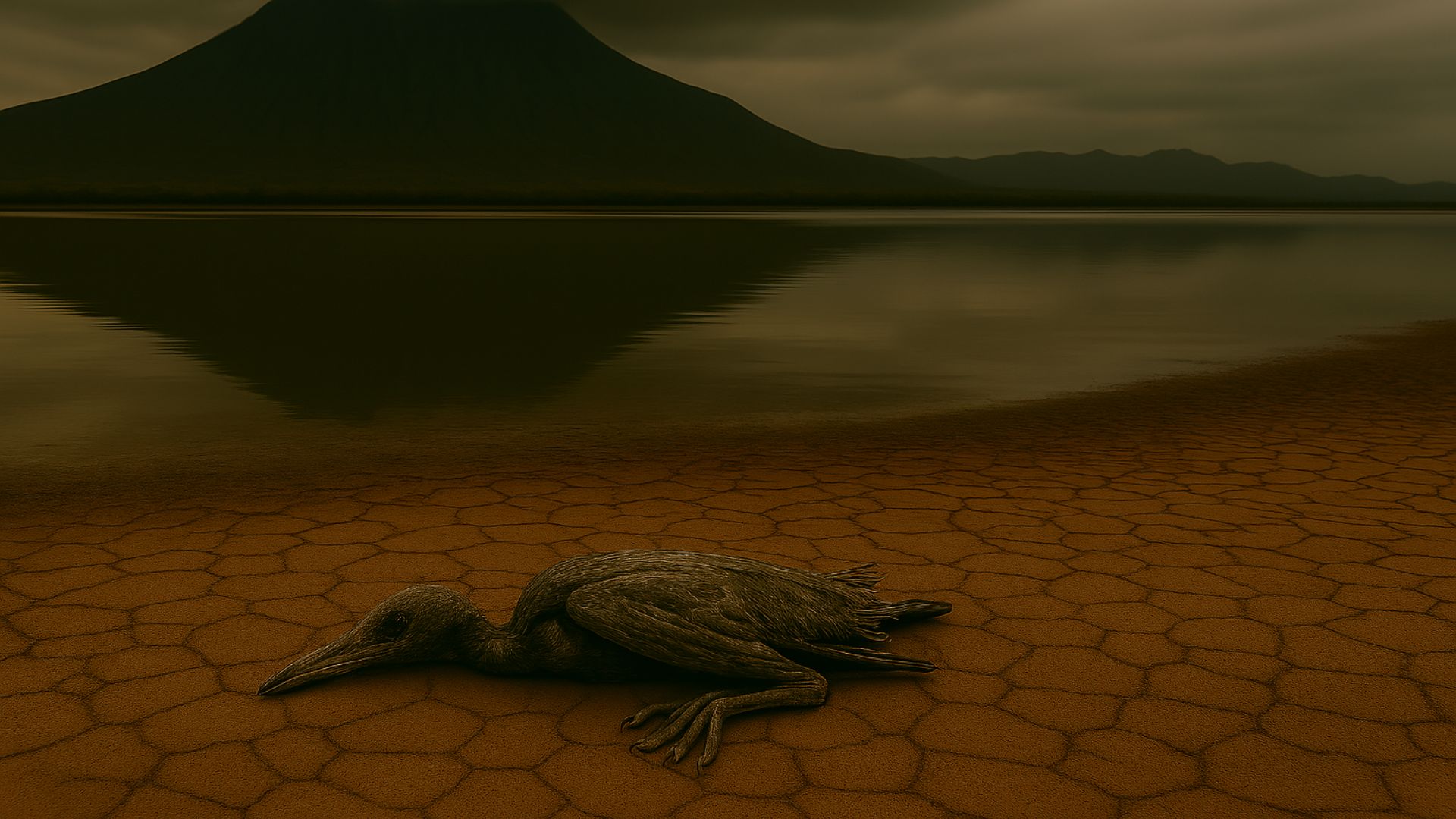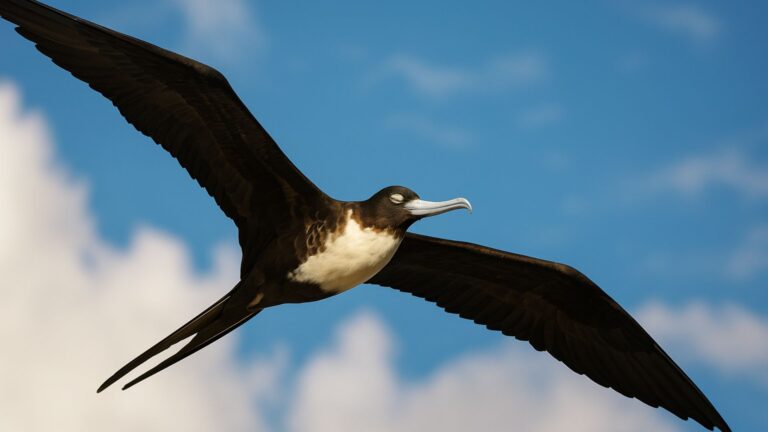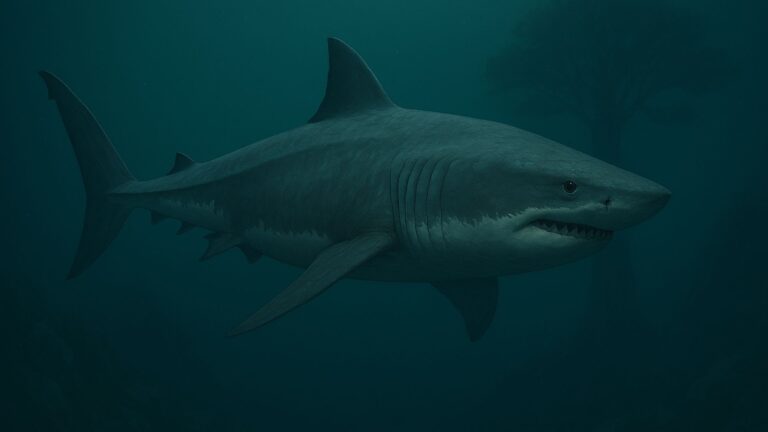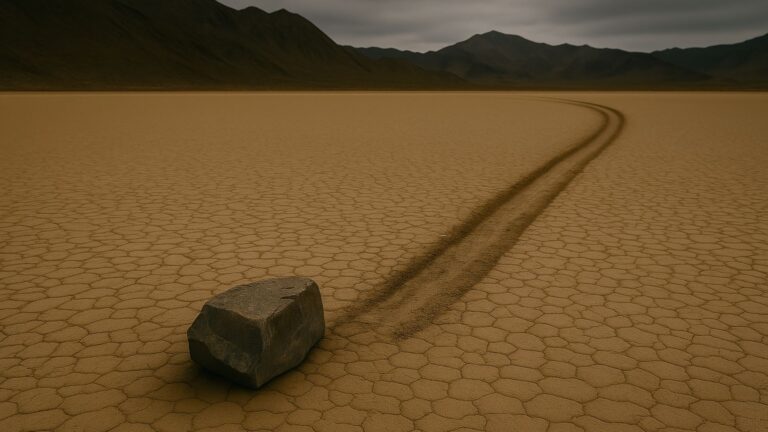Lake Natron – The Deadly Lake Where Animals Turn to Stone
In the heart of East Africa lies a hauntingly beautiful yet deadly place — Lake Natron, a shallow salt lake located in northern Tanzania. At first glance, it looks serene, glowing in shades of red, pink, and orange, reflecting the African sky like a mirror. But beneath that still surface lies a terrifying truth.
Lake Natron is one of the most alkaline and caustic lakes in the world — and it’s so deadly, animals that come into contact with it can die and become eerily preserved like statues.
Welcome to the lake that turns animals into stone.
📍 Where Is Lake Natron?
- 🌍 Location: Northern Tanzania, near the border with Kenya
- 🗺️ Coordinates: 2°25′S 36°00′E
- 🏞️ Region: Great Rift Valley
- 🌋 Nearby Landmark: Ol Doinyo Lengai, an active volcano (source of lake’s chemical makeup)
Lake Natron is fed primarily by the Southern Ewaso Ng’iro River, and mineral-rich hot springs. Despite its eerie properties, it plays a vital ecological role.
⚗️ What Makes Lake Natron So Deadly?
The secret lies in its chemical composition. Lake Natron is a soda lake, rich in sodium carbonate (natron) and other alkaline salts.
⚠️ Extreme Conditions:
- 🔥 Temperature: Can reach up to 60°C (140°F)
- 🧪 pH level: Between 9 and 10.5 (extremely alkaline)
- 💧 Salt Content: High enough to burn skin or eyes of unadapted creatures
When animals fall into the lake or land on its surface, the alkaline water dehydrates them rapidly, and minerals calcify their bodies. The result? They become natural mummies, preserved in grotesque, lifelike poses — as if frozen in time.
📸 Stone Animals? The Truth Behind the Photos
The lake became internationally famous after photographer Nick Brandt captured haunting images of birds and bats seemingly turned to stone. His photos showed:
- Calcified birds perched like statues
- Mummified corpses of flamingos and pelicans
- A surreal, apocalyptic atmosphere
Brandt didn’t manipulate these animals — he simply posed their preserved bodies where he found them. These creatures had died either by crashing into the lake or being trapped by the lake’s surface, later becoming calcified by the salts.
🐦 Not All Life Dies Here: Flamingos and Adaptation
Ironically, Lake Natron is also a sanctuary for life — but only for those adapted to it.
🦩 Lesser Flamingos:
- Over 75% of the world’s lesser flamingo population nests here.
- The lake is one of their only safe breeding grounds, as predators avoid the harsh environment.
- Flamingos thrive on spirulina, a salt-loving algae that turns the lake red.
Other organisms like tilapia fish (inlets only) and specialized microorganisms also survive in the extreme alkaline water.
🌋 The Role of the Volcano
Nearby Ol Doinyo Lengai, the only active carbonatite volcano in the world, plays a critical role in Lake Natron’s chemistry.
Its eruptions release sodium carbonate, the same mineral used in ancient Egyptian mummification — contributing to the lake’s eerie preservation power.
🌐 Cultural Beliefs and Folklore
Locals have long viewed Lake Natron as a sacred and feared place. Some tribal beliefs include:
- Spirits live in the lake, punishing those who disrespect nature
- The lake is a gateway to the afterlife
- Its red color is seen as a warning sign from the ancestors
This spiritual aura only adds to its mystique and fearsome reputation.
🧭 Can You Visit Lake Natron?
Yes, but with caution.
🧳 Travel Tips:
- 📅 Best Time to Visit: June to August (dry season)
- 🚙 Access: From Arusha, via 4×4 vehicle only
- 🏕️ Accommodations: Nearby eco-lodges and guided tours available
⚠️ Important:
- Do not swim or touch the lake water directly
- Avoid walking barefoot near the lake
- Bring plenty of water and sun protection
Despite its danger, Lake Natron is a dream for photographers, ecologists, and adventurers alike.
Must Read: Sharks Are Older Than Trees — The Ancient Survivors of Earth’s Oceans
🔍 Why Is Lake Natron Still a Fascination?
Lake Natron continues to captivate scientists and explorers worldwide because it’s a paradox:
- 🧬 Deadly yet life-sustaining
- 🖼️ Haunting yet beautiful
- 💀 Preserving death while hosting new life
It reminds us that Earth is still wild, mysterious, and dangerous, and that some places remain untouched by modern civilization — places where nature’s rules are ancient, strange, and absolute.
🧵 Final Thoughts: A Place of Life, Death, and Stone
Lake Natron is more than a lake — it’s a living paradox, where the same water that nourishes flamingos can also mummify a bird in flight. It challenges our understanding of beauty, danger, and life itself.
In a world where most places are documented, explored, and explained — Lake Natron stands out as one of Earth’s true mysteries.







